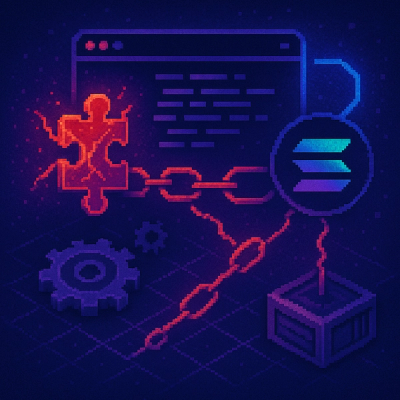






Yjs bindings for Slate.
Heavily inspired by slate-collaborative

Installation
Via npm:
npm install slate-yjs
Via yarn:
yarn add slate-yjs
Why use slate-yjs over slate-collaborative?
Performance. slate-collaborative works well for small documents but can cause 20 seconds + load times on heavier ones which slate-yjs can load in a fraction of a second.
For a more in-depth comparison take a look at these benchmarks
You might also want to take a look at "CRDTs are the future" from the creator of sharedb
API
YjsEditor
Adding a 2-way binding from the editor to a Yjs document is as easy as:
import { withYjs, SyncElement } from 'slate-yjs';
import * as Y from 'yjs';
const doc = new Y.Doc();
const sharedType = doc.getArray<SyncElement>('content');
const yjsEditor = withYjs(editor, sharedType);
Cursors
Slate-yjs support syncing collaborative cursors using awareness:
import { withCursor, useCursors } from 'slate-yjs';
const cursorEditor = withCursor(yjsEditor, provider.awareness);
const { decorate, cursors } = useCursors(cursorEditor);
Example project
Take a look at the example project here
Contribute
Please refer to each project's style and contribution guidelines for submitting patches and additions. In general, we follow the "fork-and-pull" Git workflow.
- Fork the repo on GitHub
- Clone the project to your machine
- Commit changes to your branch
- Push your work back up to your fork
- Submit a Pull request so that we can review your changes
NOTE: Be sure to merge the latest from "upstream" before making a pull request!










